Telepod Module Block Diagram

Decoupling: I have put 100 nF ceramics close to chips. I assume the tuner has adequate internal decouplers. I have also put a 220 μF 16 V electrolytic on the 12 V rail.
My prototype is built on a 100 x 160 mm square-pad Eurocard. The power connector is the same as used on a 5.25" disk drive. This allows it to fit in a standard 19" Eurorack, and take power from a spare disk power lead, but bear in mind this is often an electrically noisy environment and the sensitive decoder section may need shielding.
If you wish to power it from 12V only (e.g. for use in a car with a laptop) then there is plenty of room left for a 7805 regulator circuit. And a small audio amplifier if you wish.
12V to 33V charge pump module
This circuit is used in Maplin's NICAM tuner project, but here the connections to the hex inverter (HCF40106BE) have been rearranged to make the layout easier. The circuit has been drawn this way to show this. It produces 75 V when the 33 V zener diode and the tuner are not connected. I have not measured the current consumption of this module.

Video buffer module
This is simply a unity-gain emitter follower. The example circuit in the tuner module data sheet did not specify a particular transistor. Perhaps a 2N2222A may be suitable. This should be located near the tuner module.

Audio module
This is simply a unity-gain emitter follower. The example circuit in the tuner module data sheet did not specify a particular transistor. Perhaps a 2N2222A may be suitable. This should be located near the tuner module. The socket is a 3.5 mm jack, as used by common portable stereo earphones. LK1 allows mono audio to be heard in both ears.

Teletext receiver module (MV1815 based)
The 40-pin chip is the MV1815 from GEC Plessey. A more modern design than the Philips family, the use of dynamic memory allows it to address 1 M x 2 bits = 256 x 1 Kbyte pages. In comparison, the 48-pin SAA5246 addresses eight 1Kbyte pages. The DRAM shown here is a 64k x 4-bit 4464. Although half its memory is unused, its 32 x 1K pages is adequate. Especially if pages are cached in the PC. It also saves construction time, cost of sockets, and current consumption. The MV1815 takes 15 mA, the 4464 takes 55 mA, and the optional LED takes about 10 mA. Crystal is 27.75 MHz, rather unusual but I have some free ones spare.

LPT to I2C Interface (1)
This used the least hardware, taking advantage of the open-collector outputs of some LPT signals.
LPT to I2C Interface (2)
This circuit is an improvement on (1). The buffers drive the input lines of the cable to the PC, so they do not present capacitive load to the I2C bus. The buffers are powered by the 5V from the application circuit. The type of buffer is deliberately unspecified - you may use spare gates from your application circuit. Note that the buffers should not be at the PC end of the cable where they would provide no benefit!
You could put this circuit in a small Centronics adaptor box (e.g. Maplin JW56L or JW540) with a Centronics connector socket for a printer cable, and I2C signal outputs. There is no standard I2C connector, but you could follow the Elektor mini-DIN connector convention used in their I2C projects, or the 4-pin FCC68 connector convention used by the AccessBus standard. Irritatingly, neither PCB-mounted connector has pins on a decimal-inch grid used on most prototyping boards, and FCC68 requires a special crimping tool.

Disclaimers:
This design has not been tested, so I cannot guarantee it will do anything. The only thing I can say is that I managed to get teletext data out of the circuit involving the I2C interface number 1, the MV1815 and the 4464 DRAM, using a small MSDOS & C program. The video signal was from the SCART socket of a TV.
I have tested the tuner circuit. The charge pump works, driving the appropriate tuner pin to 33V. A hiss can be heard with Walkman earphones, exactly like a non-tuned TV, so I assume the audio part of the tuner is working.
I cannot see any reason why it should not receive teletext, with suitable software.
I have a skeletal Windows program which gets as far as opening windows, loading character set test pages and selecting fonts (teletext text, graphics contiguous and graphics separated). But that's all so far. I'm currently wondering how one tuner and a couple of acquisition circuits should be multiplexed between several documents of teletext pages attached to several different stations. I had a few ideas based on UNIX device drivers I have seen (read and write blocks, and send requests for blocks to a strategy function that decides which order to try to get them). I do not have much time to devote to this project.
I am only releasing this design without software because of the many people I have met on the Internet interested in teletext receivers, and I thought I might save them from the design research I have already done. By the time I got round to finishing the software, the tuner or the MV1815 were obsolete although the general conceptual blocks on page 1 should remain valid. You could replace the MV1815 decoder module with an SAA5246 based one for instance. If anyone wishes to collaborate with me on software, I can be contacted at the address below.
I give permission to copy for personal use. I expressly do not give permission to go around touting it as your own design, or hawking it to magazines as your own (paid or unpaid), or anything else of a similar sneaky nature.
 Keith
Keith
Discussions
Become a Hackaday.io Member
Create an account to leave a comment. Already have an account? Log In.